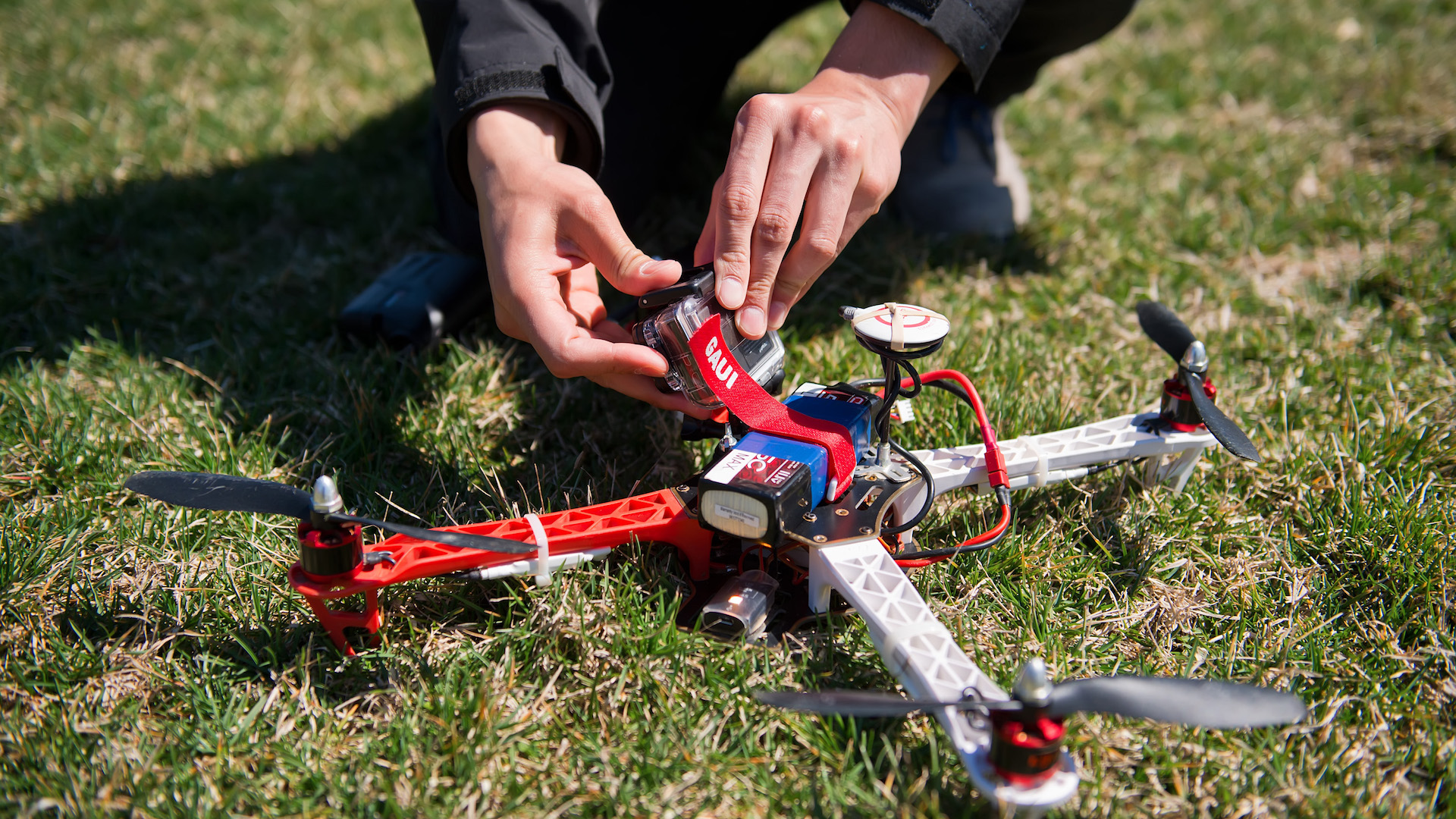

Aerospace and defense technology company Northrop Grumman held its annual Global Innovation Summit Sunday, which saw El Camino College and Hawthorne High School students engage in time-sensitive, simulated wildfire exercises that required quick drone-based solutions formulated on the spot, according to The Daily Breeze.
We’ve seen a notable increase in both wildfires and the aviation industry’s disappointed response regarding interferences on behalf of recreational drone pilots. While unmanned, autonomous aerial responses to these emergency scenarios are technologically feasible and available, the Federal Aviation Administration’s bureaucratic process to garner rapid authorizations is arguably another unfortunate factor in hindering more proactive containment and extinguishing of wildfires. Northrop Grumman’s efforts here essentially aim to pool as many ingenious and innovative methods from the younger generation as possible, as fertile inspiration for the company’s collective brainstorming of aerially countering fires.
Comprised of around 40 interns and students, the event took place at El Camino College’s Murdock Stadium, and saw participants divided into five groups. Each team was tasked to combat a particular angle of the proposed situation, all revolving around a simulated fire springing up in an unexpected location. The vehicles were limited to one surveillance plane, one fire-bomber plane (with fire suppressant as its payload), one drop quadcopter (carrying medical supplies), one rover vehicle, and one heavy quadcopter (capable of transporting a rover). Each had to be designed and built in the course of eight weeks, with Sunday’s event intended to analyze how effective these unmanned methods would be in combatting the unpredictable fires too hazardous for humans on the ground.
“I think this is really important because it gives them some practical real world application and experiences, and to interact one to one with the technology,” said David Gonzales, Dean of Industry and Technology for El Camino College. “You don’t always get that in an educational environment, so that’s really critical.”
With the fire-bomber plane dropping its fire suppressant payload, the rover tasked with extinguishing it was provided with a few more minutes of vital time. In order to transport the rover to the simulated scene quickly, the heavy quadcopter was used. Meanwhile, the drop quadcopter was able to transport medical supplies to any survivors nearby. All in all, the five teams were given 10 minutes to contain each fire, before it spread to another location.
The summit included a mission control center, which had an operator communicate with the drone pilot and order them to “bring it home.” Once the UAV in question returned, it was able to be re-stocked with a fire suppressant payload before being re-deployed. One drone, unfortunately, crashed into a nearby campus building. However, the teams were prepared for such a realistic event, and had standby drones ready for action. If a rover got stuck traversing the stadium, a backup vehicle was deployed. These obstacles, though vastly different regarding terrain and distance, were meant to stimulate the realities of unmanned firefighting operations in the field.
Northrop Grumman software engineer Paul Verket was on site to witness these students apply their minds to these realistic, time-sensitive lifesaving missions, and was fairly impressed by what he saw. “There’s more than just athletics,” he said in reference to competition being largely relegated to sports. “I think it’s amazing for students to try and solve real-world problems,” and “to see what science can be applied to.”
Robotics clubs and engineering competitions are nothing new in both high school and university environments, but it’s inspiring to see drones enter the fold as a major new element for the student body. For companies as colossal and advanced as Northrop Grumman, observing what kinds of solutions and strategies young minds gravitate toward can be of substantial benefit and re-assessment of their own approaches. As for the students taking part in difficult, real-world challenges with modern day technologies, a re-evaluation of their own, regarding what is aerially possible, challenges their problem-solving skills and can expand their critical thinking. In terms of extracurricular activities, competitions like these put an adage like “sky is the limit” in question, and attempt to redefine it for our benefit.